Turmeric (Curcuma longa L.) is a spice and a medicine. Research has revealed that curcumin has a wide range of beneficial properties, including anti-inflammatory, antioxidant, chemo-preventive and chemotherapeutic activity. It also serves as a multipurpose herbal remedy for practitioners of Ayurveda, Siddha, Unani and traditional Chinese medicine. Turmeric has recently been nominated by the national cancer institute for more in-depth studies in developing curcumin as a drug for the treatment of cancer with its proven safety to humans. Keeping this in mind this book has been edited with 13 chapters contributed by eminent scientists on all aspects covering history, botany, cultivation, secondary agriculture and nutraceuticals.
The book describes historical perspective, genetic resources and its uses, details of the genus curcuma, botany of curcuma and breeding of turmeric, taxonomic puzzle existing among the different species of curcuma, biotechnological tools for genetic improvement and exploitation of diversity, biochemistry, nutraceutical properties, medicinal properties, input use efficiency, production systems, diseases and their control, insect and nematode pests curcuma spp. and their control, ornamental curcuma for cut flowers and post harvest processing and mechanization in operations of turmeric.
This book would be of immense value to all the turmeric workers, specialists, teachers, students researchers, extension workers and officials of department of horticulture/agriculture and growers across the boundaries as it provides core of information on the above aspects in turmeric. It will also serve as a good volume of information of planners and policy makers providing ample leads into the new avenues of scientific research.

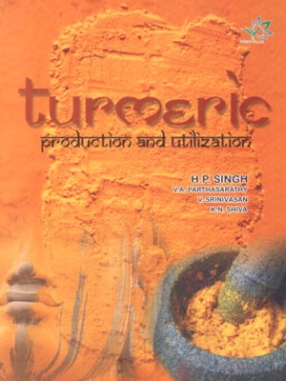
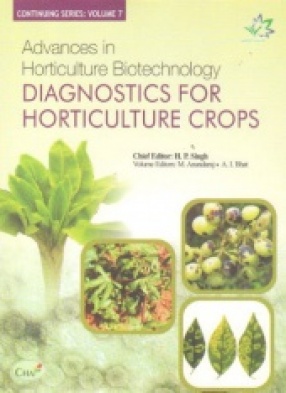
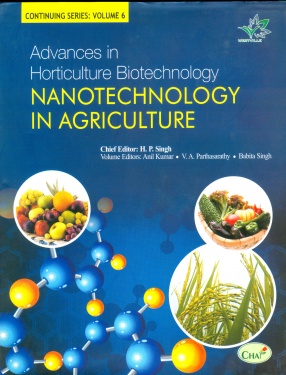
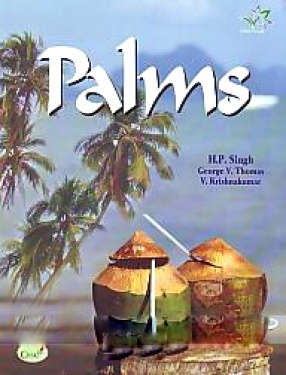


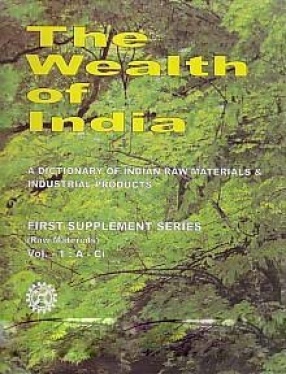
There are no reviews yet.